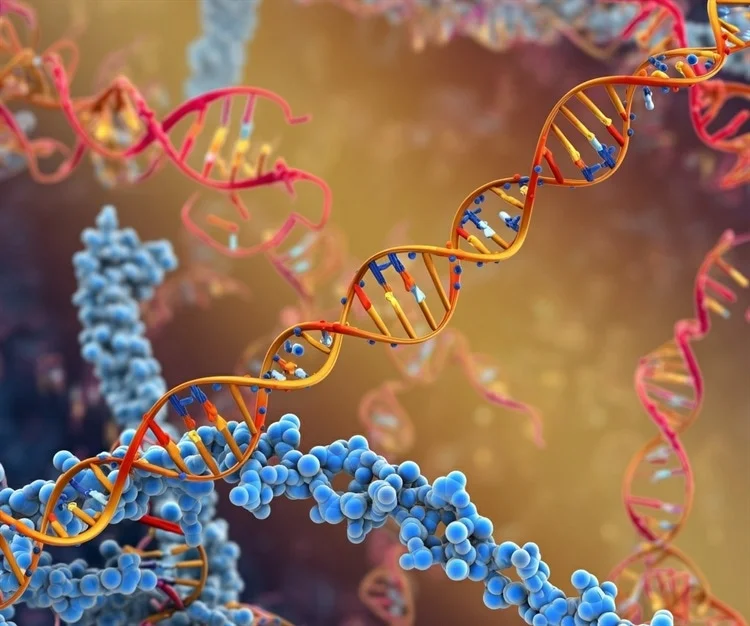Study connects brain volume variations with genetic risk factors for Parkinson’s disease and ADHD

In a recent study published in Nature Genetics , a group of researchers identified genetic loci associated with intracranial volume (ICV) (total space within the skull that contains the brain, cerebrospinal fluid, and blood) and subcortical brain volumes. It explored their predictive value across ancestries and their links to neurodevelopmental and neuropsychiatric disorders. Background Subcortical brain structures are crucial in psychiatric, neurological , and developmental disorders, affecting key functions like learning, memory, and motor control. ICV is also associated with neuropsychiatric traits. Genome-wide association studies (GWAS) have revealed shared genetic links between brain structures and behavioral traits. However, further research is required to identify more genetic variants and clarify their roles in brain structure and disease across diverse populations. About the study The present study was based on a meta-analysis of previously published data, all of wh...







